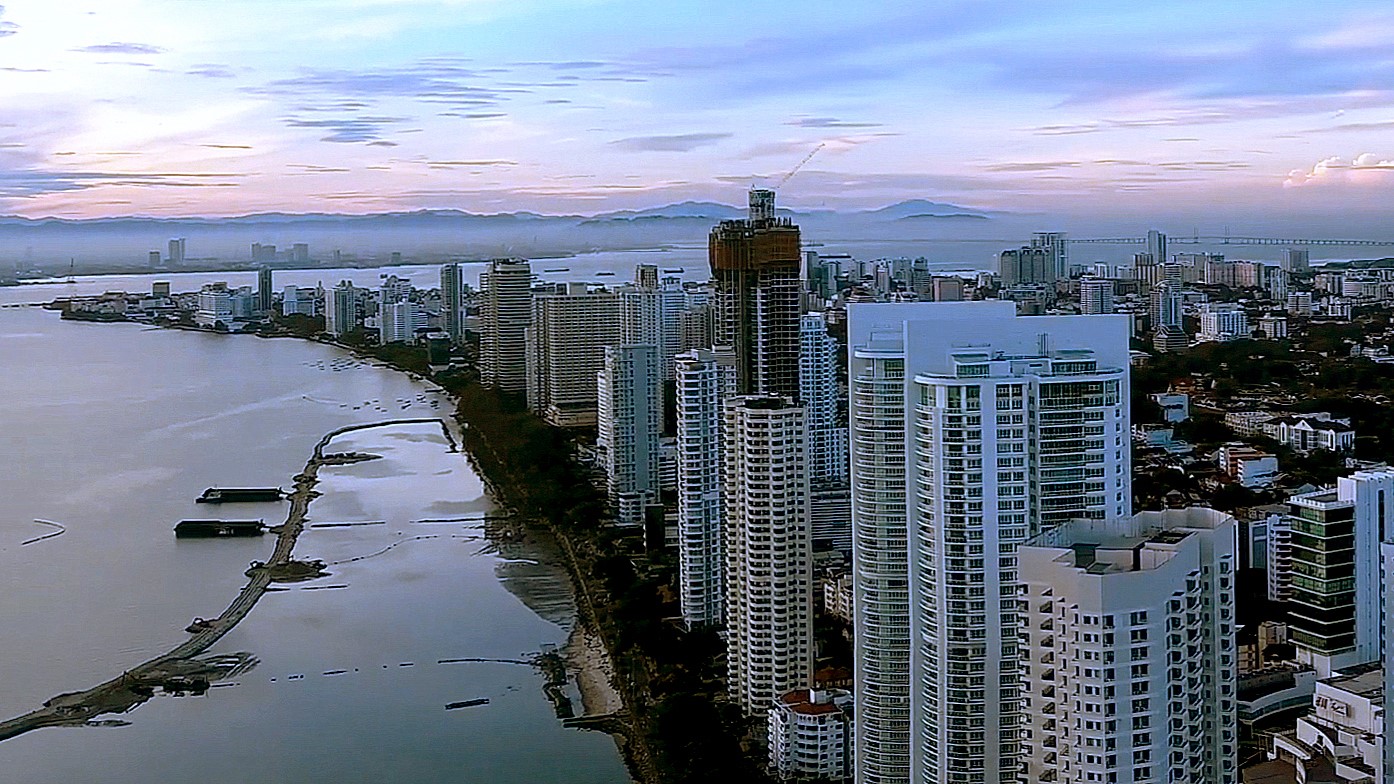GEORGE TOWN – Penang must consider alternatives such as rainwater harvesting and recycled water for non-domestic use, as the state is expected to face increased demand in the future.
Improving water supply has become a concern for the Penang government and the Penang Water Supply Corporation, as it is eyeing more investors to set up businesses to develop its electrical and electronic manufacturing sector further as the state’s population grows.
Penang Chief Minister Chow Kon Yeow said a limited water supply and ageing supply infrastructure in the state will continue to pose a challenge in the future.
Professor Datuk Chan Ngai Weng of Universiti Sains Malaysia suggested that Penang explore rainwater harvesting using recycled water for non-domestic usage.
“I (would) suggest the recycled water from Indah Water Konsortium (be used) for non-potable industrial use because if factories use this recycled water, then there is more piped water for domestic consumers,” Chan, who is Water Watch Penang president, told Scoop.
It is understood that Malaysia gets between 2,500mm and 4,000mm of rainwater annually, making it feasible for rainwater to be collected and stored during the rainy season and used during dry seasons.

Installing water tanks, becoming prudent consumers
Chan suggested that households install large water tanks that could store up to 2,000 litres and change water fittings to save water, such as a dual-flush system, low-flow taps or shower heads, in a bid to consume less water.
He also shared that he had installed a 1,200-litre water tank to store treated water from Penang Water Supply Corporation for his home, as well as two rainfall harvesting systems, each with 300 litres of storage capacity.
“The rainwater harvested is solely used for washing, gardening and cleaning. But taken together, these three water tanks can last my family about a week without a piped water supply.”
He also recommended that Penangites be prudent in consuming water, as they are the country’s highest per capita users since the state’s water tariff is the cheapest in Malaysia.
According to publicly available data as of 2022, Penangites use 307 litres per capita per day compared to Malaysia’s average daily per capita water use, which was only 201 litres per capita per day.
The Penang government unveiled the Penang Water Contingency Plan 2030 last year to ensure that the state’s water security remains intact until the year 2030, as the state awaits the Sungai Perak Raw Water Transfer Scheme to come to fruition in nine years.
The plan consists of six water treatment plants (WTP) and two major pipeline projects that would help boost the pumping capacity of treated water from Sg Dua WTP in Northern Seberang Perai to the island.

How about desalination?
Chan is of the opinion that Penang should seriously consider desalination, as it would make the state independent in terms of water resources.
He said that with desalination, Penang would no longer have to depend on other states for raw or treated water.
Penang, at present, heavily relies on Sg Muda, which flows from Kedah, as it abstracts raw water from the river within its borders to be treated at the Sg Dua WTP.
Meanwhile, it is understood that desalination is not an eco-friendly process as desalination plants consume a lot of electricity, which increases the state’s carbon footprint.
In addition, the effluent created from the desalination process will be channelled back to the sea, which would heat the sea temperature and kill marine life as the effluent is concentrated with salt brine as well. – July 25, 2024


